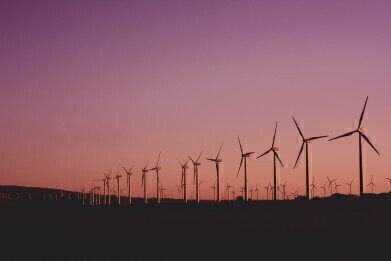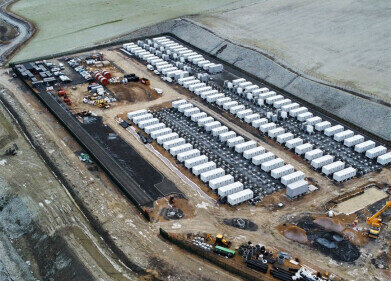Green Energy
Argentina Aims to Reach 8% Renewable Energy Target Within Two Years
Nov 24 2015
Argentinian authorities have set the country an ambitious target of achieving 8% of all energy generation from renewable means by 2017. The chamber of deputies passed a new piece of legislation at the tail end of October which demands that solar, wind or hydro power sources contribute 8% of the country’s energy needs within two years.
Though the figure may seem low to outside spectators, it is significantly higher than that currently contributing to Argentinian energy use. Currently, a mere 1% of the country’s power is garnered through renewable means. As such, the law represents a substantial step in the right direction.
Current State of Affairs
At present, fossil fuels account for a whopping 87% of all power generation in Argentina. The remaining slack is picked up by hydroelectricity and nuclear power, but the recent legislation aims to change all that.
Wind power is the frontrunner when it comes to Argentinian renewables, with the Genneia windfarm in Chubut being the country’s largest, capable of producing enough electricity to sustain 100,000 homes.
Meanwhile, photovoltaic (PV) energy is also on the up in the country. Harnessing the power of the sun’s rays through panels and the use of an inverter, PV energy has its largest solar power station in San Juan province. Similarly, Buenos Aires has also instigated a plan to increase solar and wind energy generation within the confines of the capital.
According to Nicolás Brown, a renewable energy engineering specialist, the 8% figure may seem low, but actually it represents a gruelling test of Argentina’s environmental capabilities. “Legislating and implementing the law will be a real challenge, because it requires the creation of a market for renewable energy from practically nothing,” reported the Guardian. “The renewables industry and large energy consumers in general will also find it difficult.”
Other Methods of Renewable Energy
Though the triumvirate of wind, wave and solar take the headlines when it comes to renewables, there are other burgeoning methods which are beginning to take hold in South America. Biofuels, created from materials traditionally thought of as waste, are gaining a foothold in Argentina, while vegetable oil has also surfaced as a possible renewable solution.
Furthermore, Argentina is seeking to make its power plants more energy efficient by signing up to a global plan to convert simple cycle gas turbines into combined cycle units. Joining forces with Siemens last year, the country was able to increase the output of two plants by 140MW and 280MW, respectively.
The country has come under fire from some quarters for an apparent lack of a plan to tackle its renewable energy targets, especially with the Paris Climate Change summit looming on the horizon. However, the introduction of this latest law, and a secondary law which calls for 20% of the country’s needs to be sourced from renewable means by 2020, indicates a willingness to clean up its act. As yet, no framework is in place for private consumers to be able to sell back surplus power to the grid, but as conversation around renewables increases, surely such a development will happen sooner rather than later.
Events
Apr 22 2024 Hannover, Germany
Apr 23 2024 Kuala Lumpur, Malaysia
Apr 24 2024 Sao Paulo, Brasil
May 05 2024 Seville, Spain
May 13 2024 Munich, Germany














